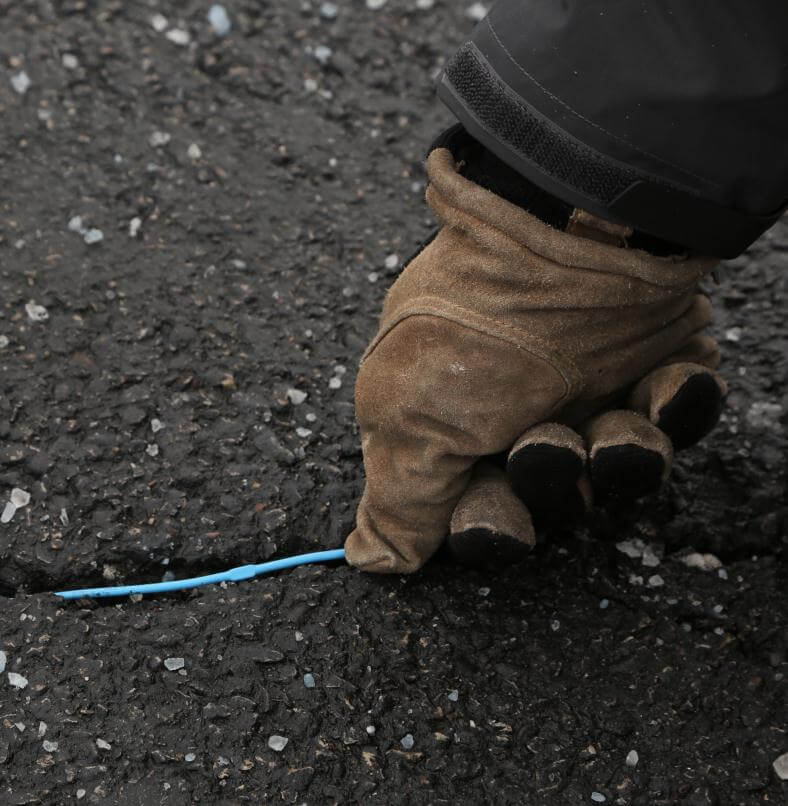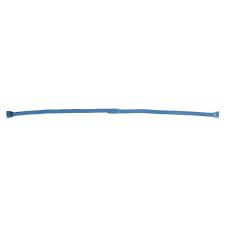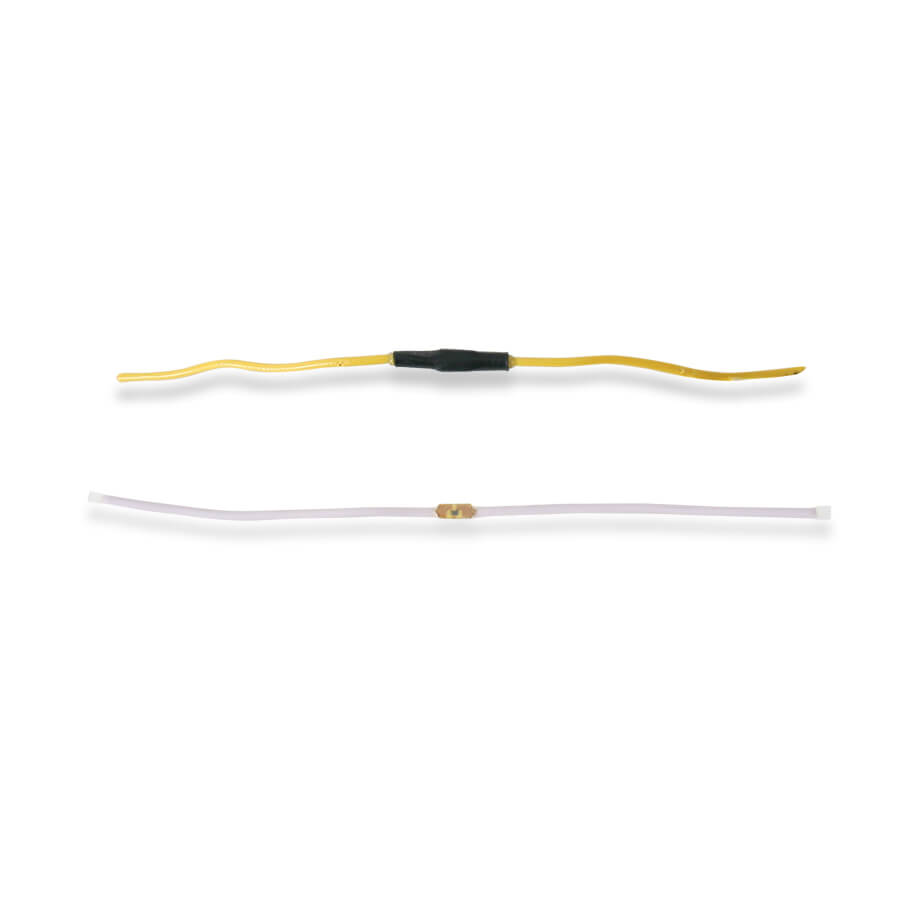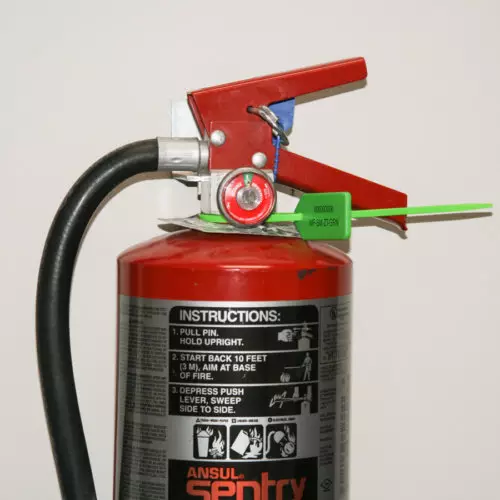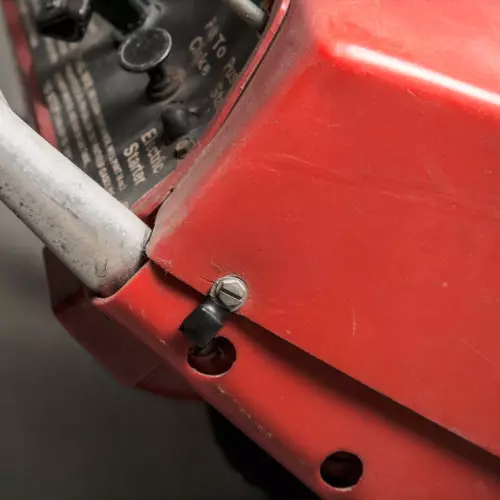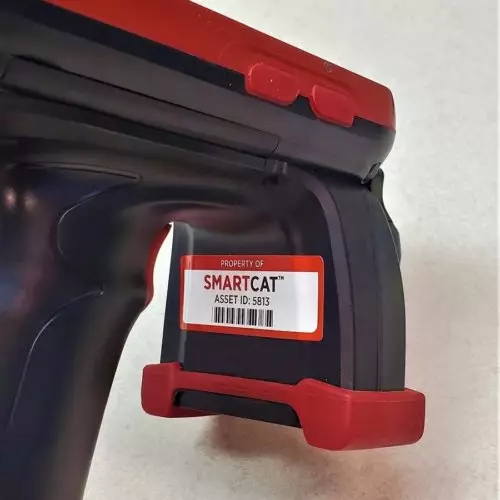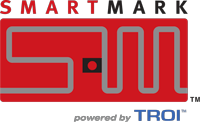RFID Durable Wire Tags
- 360° read profile
- Harsh environment, high temperature, chemical and solvent resistant
- Up to 30 ft. read range
- Embed into plastics, pallets, concrete, and rubber
Related products
Description
Easily track inventory, tools, shipping containers and pallets with our discreet embeddable RFID Durable Wire Tags. They combine strength and flexibility for harsh environments. Embed these tags in pallets, concrete, or plastic and get a 360° read profile.
Our RFID Durable Wire Tags can be encapsulated in high temperature and are abrasion, tear, chemical, water and solvent resistant.
Additional information
| Model Number | WF-SM-WIRE RFID Durable Wire Tag |
|---|---|
| Applications | Asset Marking, Asset Tracking, Construction, Harsh Environments, High Temperature, Warehouse |
| Temperature Service Range | -40°F to 320°F |
| Water Resistance | Excellent |
| Solvents Resistance | Excellent |
| Oil Resistance | Very Good |
| Shelf Life | Completely Stable, Stored at 70F and 50% Relative Humidity |
RFID Performance
| RFID Protocol | EPC Class 1 Gen 2; ISO 18000-6C |
| Tag Type | Passive Read/Write |
| Frequency Range | 860 – 960 MHz (Global) |
| User Memory | 512 bits |
| EPC Memory | 96 bits |
| IC | Alien® Higgs® 3 |

